Editor's Picks
Open Access
Original Article
Fructose induces metabolic reprogramming in liver cancer cells, promoting aggressiveness and chemotherapy resistance
Aim:
Fructose is a highly lipogenic compound related to the onset of steatosis, its progression to steatohepatitis, and the eventual initiation of hepatocellular carcinoma (HCC). One of the cancer hallmarks is the metabolic adaptation to the environmental sources; however, this characteristic could be exploited to manipulate the HCC tumor’s response to therapies. Due to the high prevalence in the consumption of diets enriched with fructose and the unclear results in the literature, it is pertinent to characterize the effects of fructose on the biology of HCC as a possible beneficial player in the aggressiveness of this cancer. We focused on investigating the metabolic effect of fructose on the aggressiveness of liver cancer cells and chemotherapy response.
Methods:
We treated Huh-7 and HepG2 liver cancer cell lines with 1 mM fructose to address the metabolic reprogramming and its fructose-induced effects.
Results:
Cancer cells use fructose as an alternative fuel source in glucose-starved conditions, ensuring tumorigenic properties and cell survival in both cell lines. The metabolic effect differed depending on cell line origin and aggressiveness.
Conclusions:
HCC cells showed a metabolic adaptation under fructose treatment, enhancing the pentose phosphate pathway to fuel anabolism. Metabolic rewiring also improves the tumorigenic properties and chemoresistance of cancer cells in vitro and in vivo, contributing to chemotherapy failure and the aggressiveness of liver cancer cells.
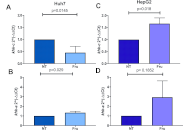
Open Access
Review
Helicobacter pylori and gastric cancer: a critical approach to who really needs eradication
It is generally accepted that eradication of Helicobacter pylori (H. pylori) infection may reduce the risk of the development of gastric cancer. Recommendations for global generalized tests and treat all individuals detected positive for H. pylori infection are currently proposed. However, the bacterium is commensal and harmless for the vast majority of the infected population. Moreover, eradication may have detrimental consequences in several groups of patients. In the present review, the current epidemiological data and recommendations for eradication in connection with the possible beneficial effects of the colonization with H. pylori in diseases such as asthma and allergies or chronic gastro-intestinal disorders such as inflammatory bowel disease and Barrett’ esophagus are presented the problems with increasing antibiotic resistance were also examined. Specific groups of patients where eradication of H. pylori may be necessary and endoscopic surveillance is advised were identified. Finally, based on the paradox of high H. pylori prevalence and low gastric risk as reported for areas of Africa, Asia, South America, and Greece, alternatives that may replace the widespread eradication of H. pylori with equal if not better results and more prudent use of the available financial resources are proposed. Mediterranean diets and alcohol and smoking reduction are among the well documented alternatives.
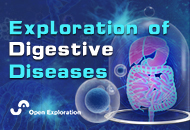
Open Access
Review
Drug-induced cholestasis: causative agents and challenges in diagnosis and management
Drug-induced liver injury (DILI) is an adverse reaction to drugs and other xenobiotics that can have serious consequences and jeopardise progress in pharmacological therapy. While DILI is predominantly hepatocellular, a non-negligible percentage of patients who present with cholestatic damage. Mixed damage is typically lumped together with cholestatic damage in the literature. Drug-induced cholestasis is often caused by the use of some non-steroidal anti-inflammatory drugs (NSAIDs), antibiotics (i.e., amoxicillin-clavulanic acid), statins, and anabolic agents, among others. Drug-associated cholestasis tends to have a more chronic course and mostly affects older population. There is also a genetic predisposition to toxic cholestasis caused by some drugs (amoxicillin-clavulanic acid, statins, etc.). Recently, anatomical alterations of the biliary tract induced by drugs (especially immunotherapy drugs) have been described. Bile duct injury is one of the histopathological findings that have prognostic significance in DILI. A correct differential diagnosis with other causes of cholestasis is mandatory to reach an accurate diagnosis. Ursodexycholic acid, corticosteroids, and replacement therapies have been used as a therapeutic arsenal, although more evidence is needed to establish them as a routine therapeutic management in clinical practice. The breakthrough and validation of biomarkers of cholestasis and bile duct injury is an urgent need for drug development and post-marketing phase.
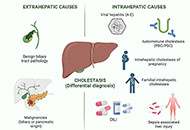
Articles
Latest
Most Viewed
Most Downloaded
Most Cited
Open Access
Original Article
GDF11 induces chemosensitization in human hepatocellular carcinoma cells by decreasing drug-efflux transporters
Natanael German-Ramirez ... Luis E. Gomez-Quiroz
Published: December 30, 2025 Explor Dig Dis. 2025;4:1005108
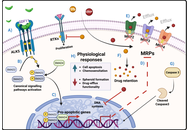
Open Access
Review
Diverticulitis—new evidence to share with patients
Nicholas B. D’Alessandro ... David A. Johnson
Published: December 24, 2025 Explor Dig Dis. 2025;4:1005107
This article belongs to the special issue Diverticulitis: Pathomechanism, Diagnosis and Treatment
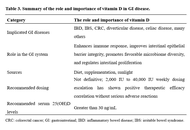
Open Access
Review
CRISPR genome editing advances against gastric cancer
Mengmeng Zhang ... Xianguang Yang
Published: December 09, 2025 Explor Dig Dis. 2025;4:1005106
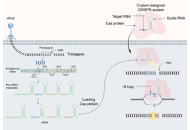
Open Access
Review
The therapeutic potential of bacteriophage therapy in liver cirrhosis: a comprehensive review of current evidence
Sarala Gudla ... Srijamya
Published: December 08, 2025 Explor Dig Dis. 2025;4:1005105
This article belongs to the special issue Gut Microbiota towards Personalized Medicine in Metabolic Disease
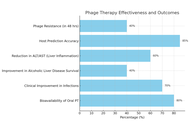
Open Access
Review
Pediatric cirrhosis: special consideration for its diagnosis and management
Guillermo Alejandro Costaguta, Fernando Álvarez
Published: December 07, 2025 Explor Dig Dis. 2025;4:1005104
This article belongs to the special issue Cirrhosis and Its Complications

Open Access
Case Report
Ixekizumab-associated severe Crohn’s in a patient without definitive immune-mediated inflammatory disease: case report and evidence-informed guidance for non-IBD clinicians
Taylor L. Spiewak ... Anish Patel
Published: December 01, 2025 Explor Dig Dis. 2025;4:1005103
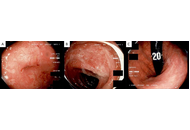
Open Access
Review
Drug-induced cholestasis: causative agents and challenges in diagnosis and management
Jose M. Pinazo-Bandera ... Miren García-Cortés
Published: September 18, 2023 Explor Dig Dis. 2023;2:202–222
This article belongs to the special issue CHOLESTASIS

Open Access
Review
Hepatitis B virus: modes of transmission, immune pathogenesis, and research progress on therapeutic vaccines
Chunzheng Li ... Xianguang Yang
Published: October 14, 2024 Explor Dig Dis. 2024;3:443–458
This article belongs to the special issue Viral Hepatitis
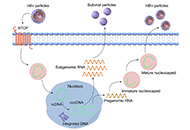
Open Access
Review
Fructose, a trigger of metabolic diseases?—a narrative review
Anja Baumann ... Ina Bergheim
Published: August 29, 2022 Explor Dig Dis. 2022;1:51–71
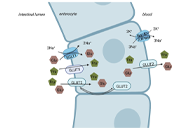
Open Access
Review
Etiopathogenesis and pathophysiology of cholestasis
Maitane Asensio ... Jose J. G. Marin
Published: October 31, 2022 Explor Dig Dis. 2022;1:97–117
This article belongs to the special issue CHOLESTASIS
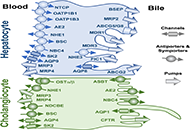
Open Access
Review
Alcohol-related liver disease: also a question of what you drink?
Finn Jung ... Ina Bergheim
Published: June 30, 2023 Explor Dig Dis. 2023;2:118–132
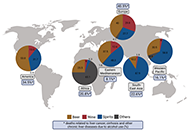
Open Access
Review
Helicobacter pylori and gastric cancer: a critical approach to who really needs eradication
Elias Kouroumalis ... Argyro Voumvouraki
Published: April 16, 2024 Explor Dig Dis. 2024;3:107–142
This article belongs to the special issue Helicobacter Pylori and Infection: Genomics, Diagnosis, Pathogenesis, Antibiotic Resistance, Microbiota, Cancer, Prevention and Therapeutics

Open Access
Review
Etiopathogenesis and pathophysiology of cholestasis
Maitane Asensio ... Jose J. G. Marin
Published: October 31, 2022 Explor Dig Dis. 2022;1:97–117
This article belongs to the special issue CHOLESTASIS

Open Access
Review
Hepatitis B virus: modes of transmission, immune pathogenesis, and research progress on therapeutic vaccines
Chunzheng Li ... Xianguang Yang
Published: October 14, 2024 Explor Dig Dis. 2024;3:443–458
This article belongs to the special issue Viral Hepatitis

Open Access
Review
Drug-induced cholestasis: causative agents and challenges in diagnosis and management
Jose M. Pinazo-Bandera ... Miren García-Cortés
Published: September 18, 2023 Explor Dig Dis. 2023;2:202–222
This article belongs to the special issue CHOLESTASIS

Open Access
Review
Ascites in cirrhotic patients: a comprehensive review
Paul Carrier ... Laure Elkrief
Published: August 26, 2024 Explor Dig Dis. 2024;3:362–381
This article belongs to the special issue Cirrhosis and Its Complications
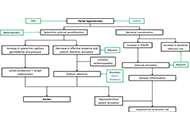
Open Access
Review
Fructose, a trigger of metabolic diseases?—a narrative review
Anja Baumann ... Ina Bergheim
Published: August 29, 2022 Explor Dig Dis. 2022;1:51–71

Open Access
Review
Zebrafish as a model for drug induced liver injury: state of the art and beyond
Gulcin Cakan-Akdogan ... Ozlen Konu
Published: April 26, 2023 Explor Dig Dis. 2023;2:44–55
This article belongs to the special issue Drug-induced Liver Injury: From Bench to Clinical Application
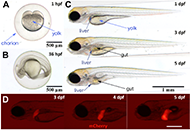
Open Access
Review
The central role of mitochondrial metabolism in hepatic steatosis
Sanda Win ... Filbert Win Min Aung
Published: February 29, 2024 Explor Dig Dis. 2024;3:42–68
This article belongs to the special issue Mitochondria and Lipid Signalling in Liver Diseases
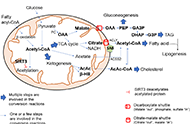
Open Access
Review
Extracellular vesicles in metabolic dysfunction associated fatty liver disease: mechanisms, diagnostic and therapeutic implications
Zongmei Wu ... Han Moshage
Published: July 13, 2022 Explor Dig Dis. 2022;1:4–20
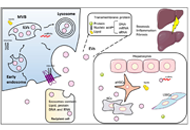
Open Access
Review
Helicobacter pylori and gastric cancer: a critical approach to who really needs eradication
Elias Kouroumalis ... Argyro Voumvouraki
Published: April 16, 2024 Explor Dig Dis. 2024;3:107–142
This article belongs to the special issue Helicobacter Pylori and Infection: Genomics, Diagnosis, Pathogenesis, Antibiotic Resistance, Microbiota, Cancer, Prevention and Therapeutics

Open Access
Editorial
Extra-hepatic cancers in metabolic fatty liver syndromes
Amedeo Lonardo
Published: February 24, 2023 Explor Dig Dis. 2023;2:11–17
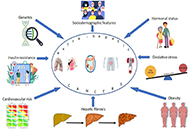
Open Access
Review
Mitochondrial ROS, a trigger for mitochondrial dysfunction and inflammasome activation and a therapeutic target in liver diseases
Hala Saeed Jaara, Sandra Torres
Published: December 10, 2024 Explor Dig Dis. 2024;3:474–503
This article belongs to the special issue Mitochondria and Lipid Signalling in Liver Diseases
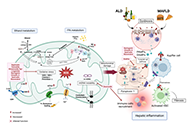
Open Access
Review
Drug-induced cholestasis: causative agents and challenges in diagnosis and management
Jose M. Pinazo-Bandera ... Miren García-Cortés
Published: September 18, 2023 Explor Dig Dis. 2023;2:202–222
This article belongs to the special issue CHOLESTASIS

Special Issues
Ongoing Special lssues
Completed Special lssues
Inflammatory Diseases of the Gastrointestinal Tract
Guest Editor: Prof. Simona Gurzu
Submission Deadline: January 31, 2026
Published Articles: 0
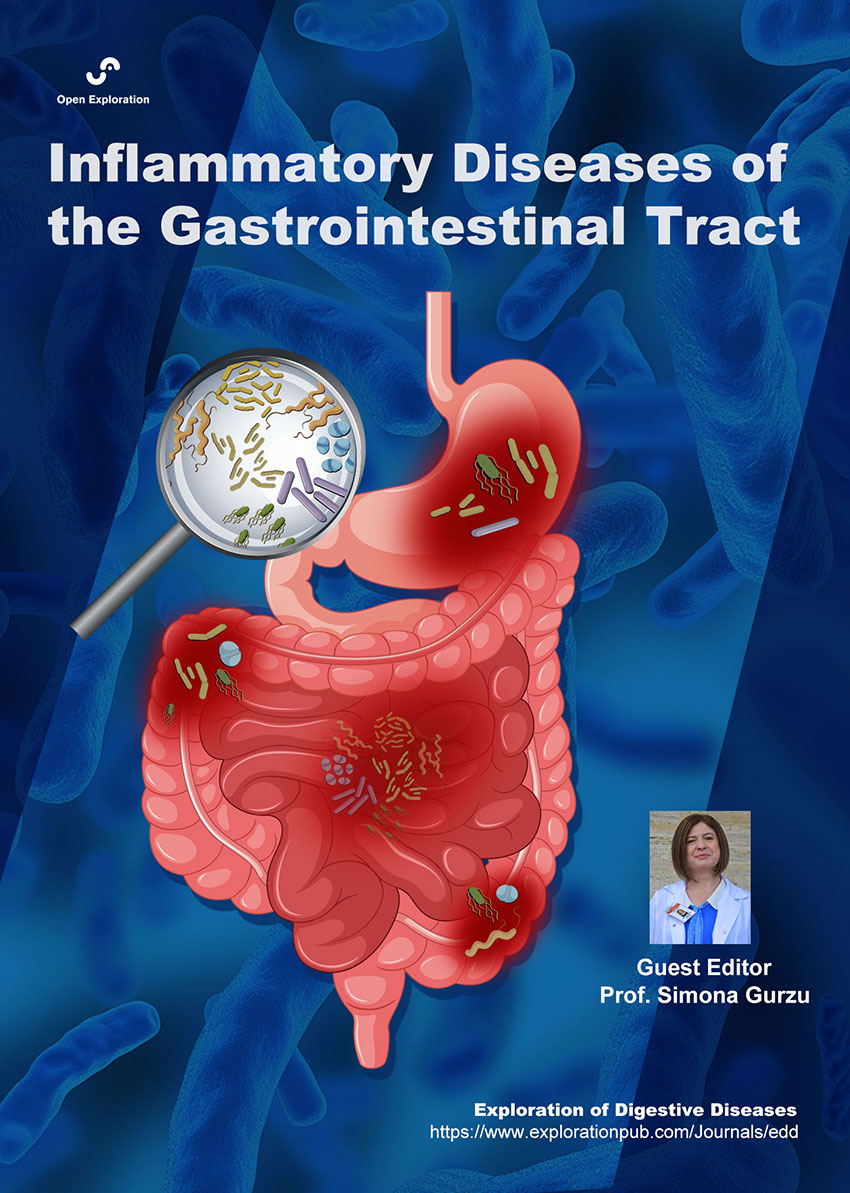
Endoscopic Evaluation in Liver Diseases
Guest Editor: Prof. Cosmas Rinaldi A. Lesmana
Submission Deadline: January 31, 2026
Published Articles: 0

Nuclear Receptors and the Digestive Tract: from Molecular Physiology to Clinics via Pharmacology
Guest Editors: Prof. Amedeo Lonardo; Prof. Ralf Weiskirchen
Submission Deadline: November 30, 2025
Published Articles: 1
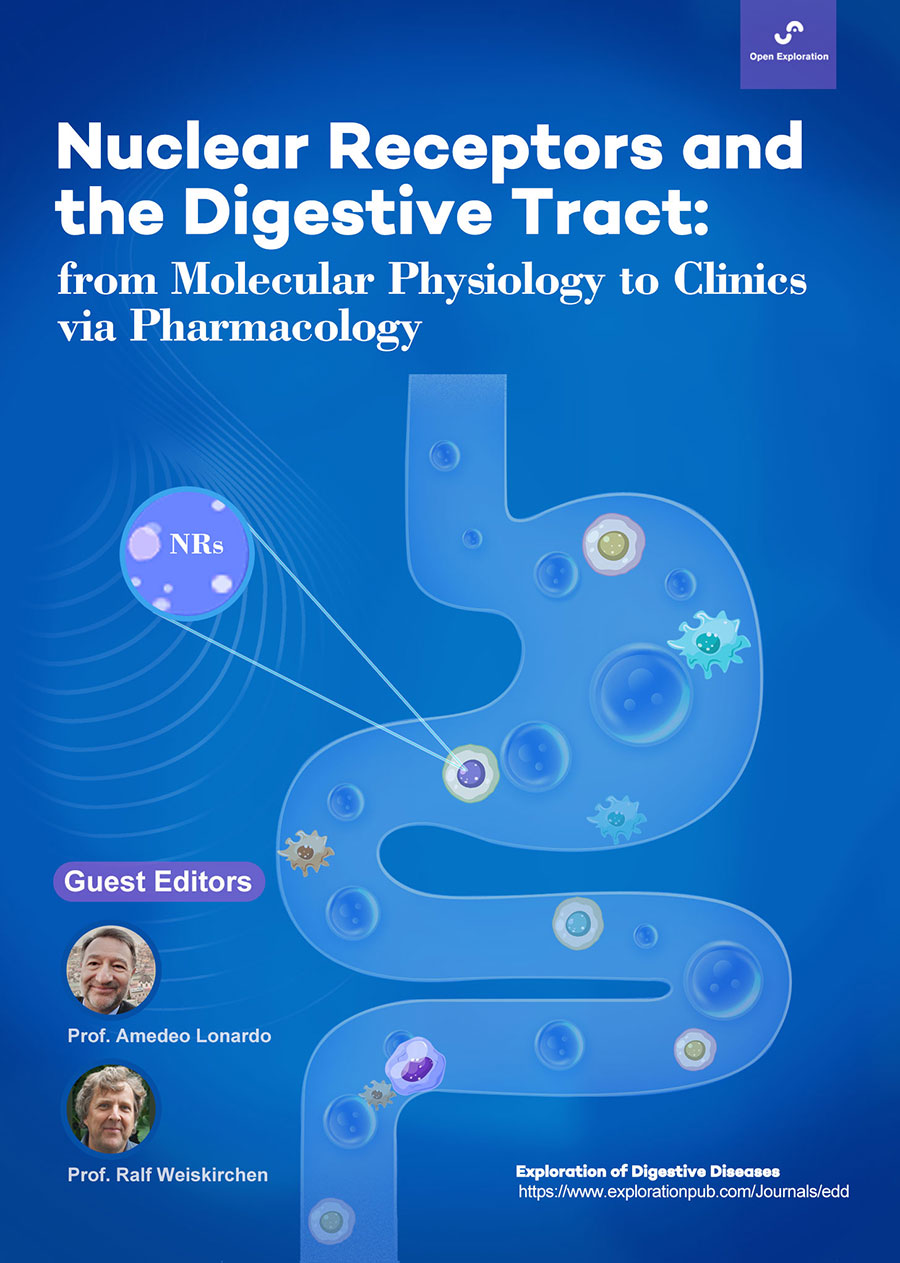
Gastrointestinal Cancer
Guest Editor: Prof. Nahum Mendez-Sanchez
Submission Deadline: January 31, 2026
Published Articles: 0
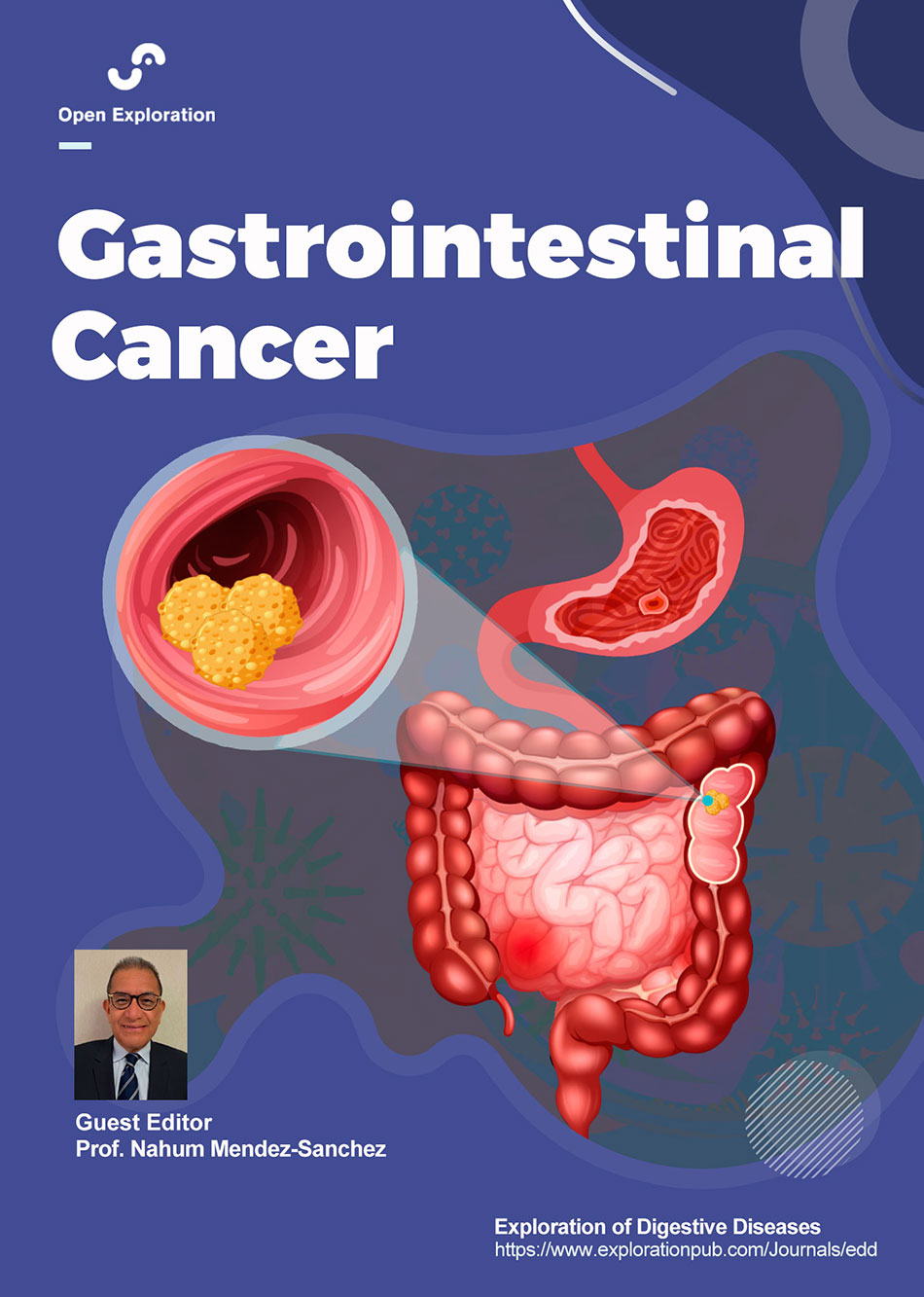
Prevention, Screening and Diagnosis for Primary Liver Cancer
Guest Editor: Prof. Jian-Guo Chen
Submission Deadline: June 30, 2026
Published Articles: 2
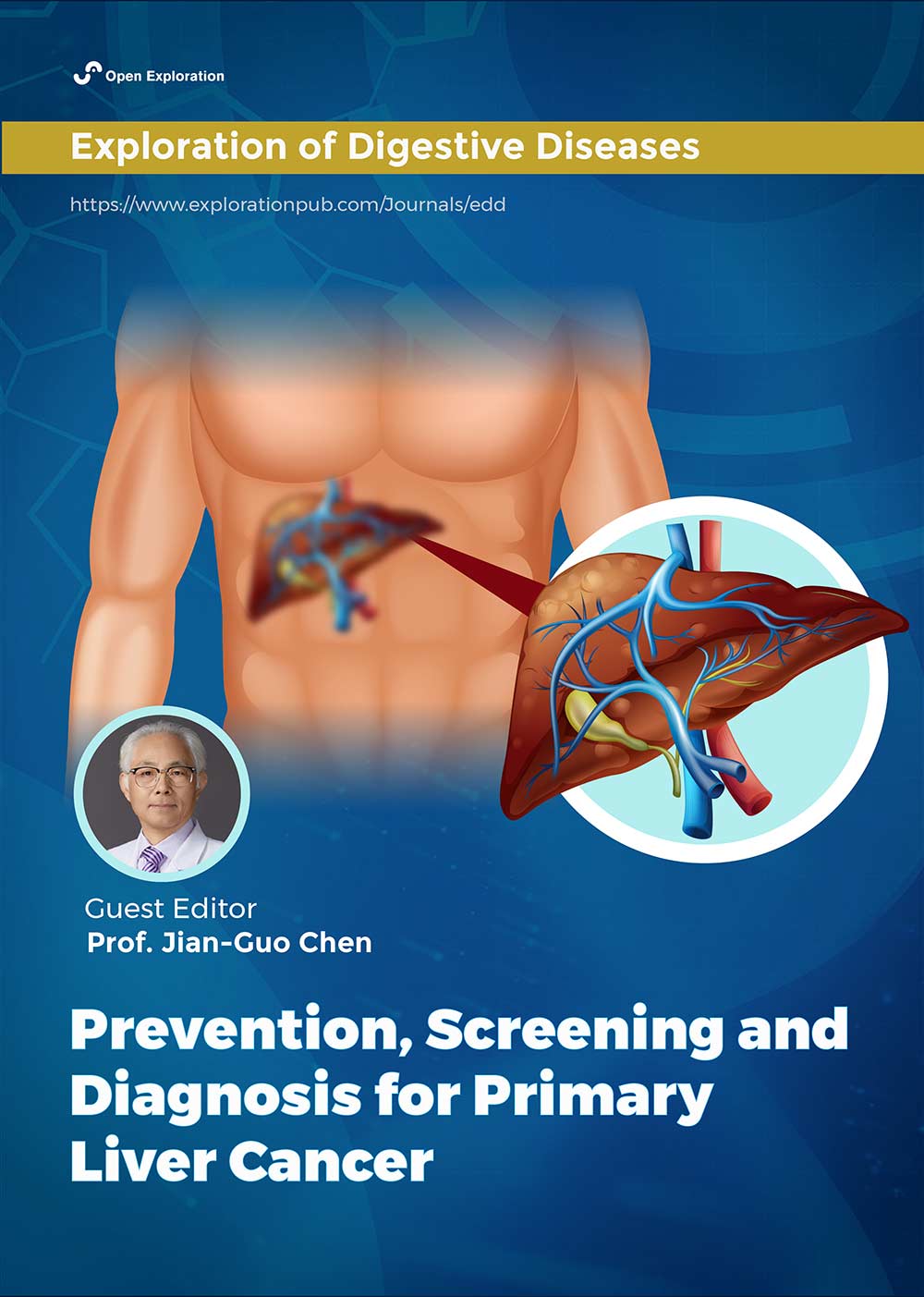
Gut Microbiota towards Personalized Medicine in Metabolic Disease
Guest Editors: Prof. Raquel Soares; Dr. Carla Luís
Submission Deadline: February 28, 2026
Published Articles: 3
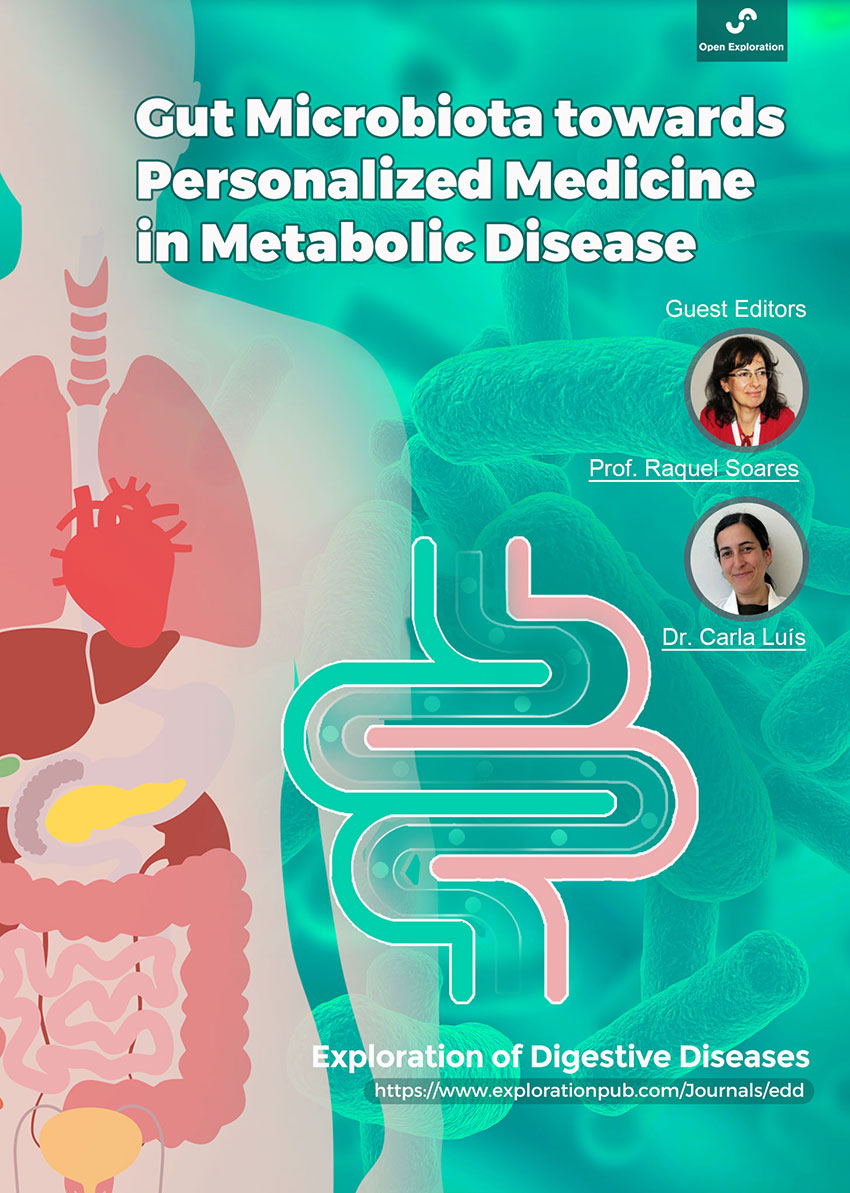
The Role of Gut Microbiota in the Pathogenesis and Management of Metabolic-Associated Steatotic Liver Disease (MASLD)
Guest Editor: Dr. Alfredo Caturano
Submission Deadline: March 31, 2026
Published Articles: 2
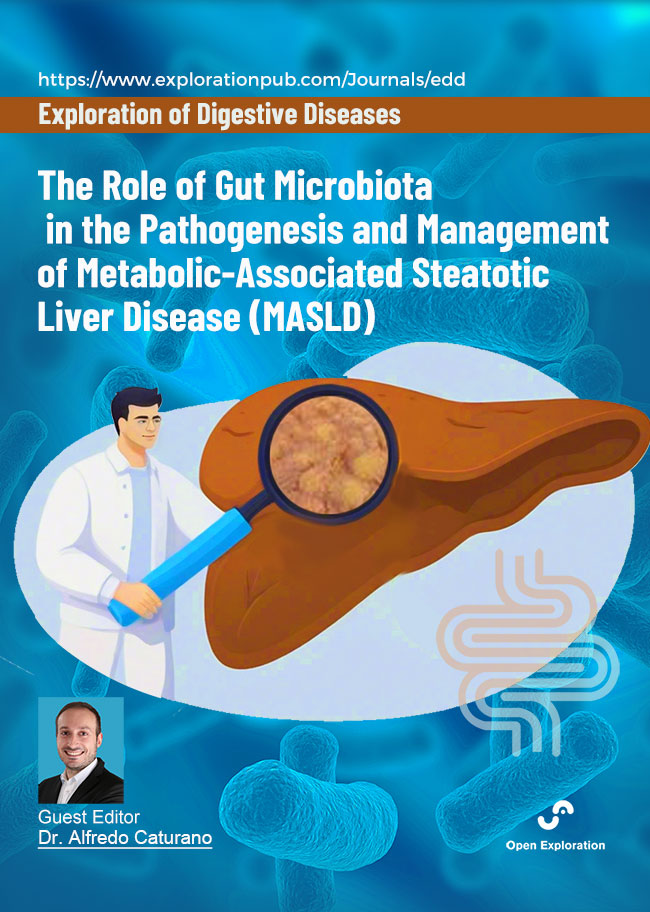
Diverticulitis: Pathomechanism, Diagnosis and Treatment
Guest Editor: Prof. Roberto Cirocchi
Submission Deadline: January 15, 2026
Published Articles: 4
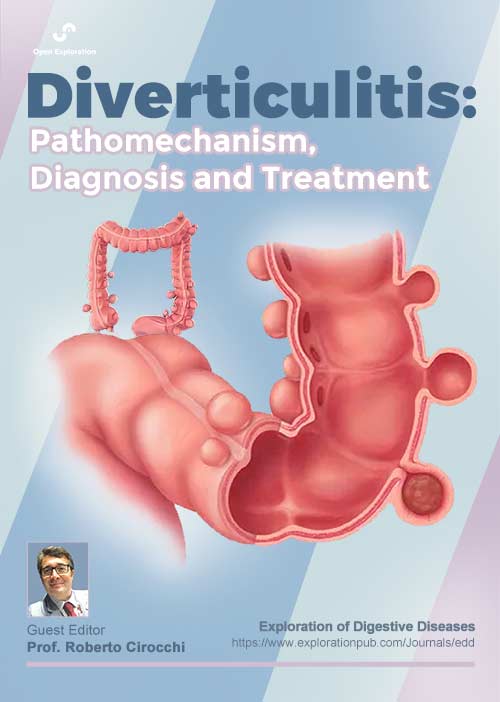
Immunotherapy for Cancer of Digestive System
Guest Editor: Prof. Evgeny Imyanitov
Submission Deadline: March 31, 2026
Published Articles: 2
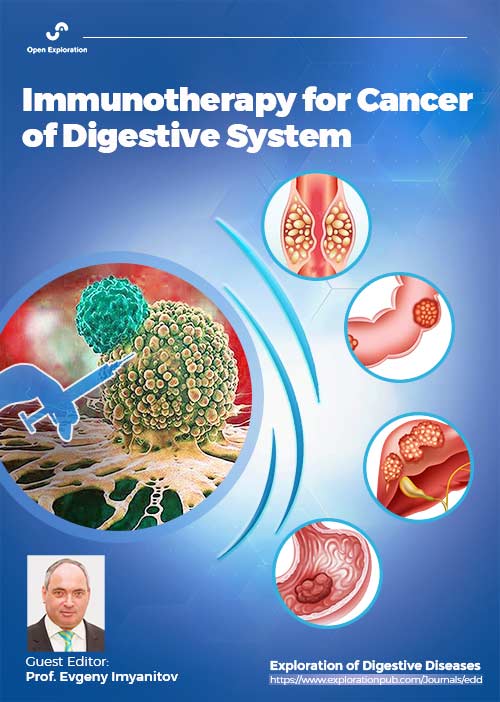
Gastrointestinal Diseases, Cholesterol, Oxysterols, and Bile Acids
Guest Editor: Prof. Oren Tirosh
Submission Deadline: January 31, 2026
Published Articles: 1
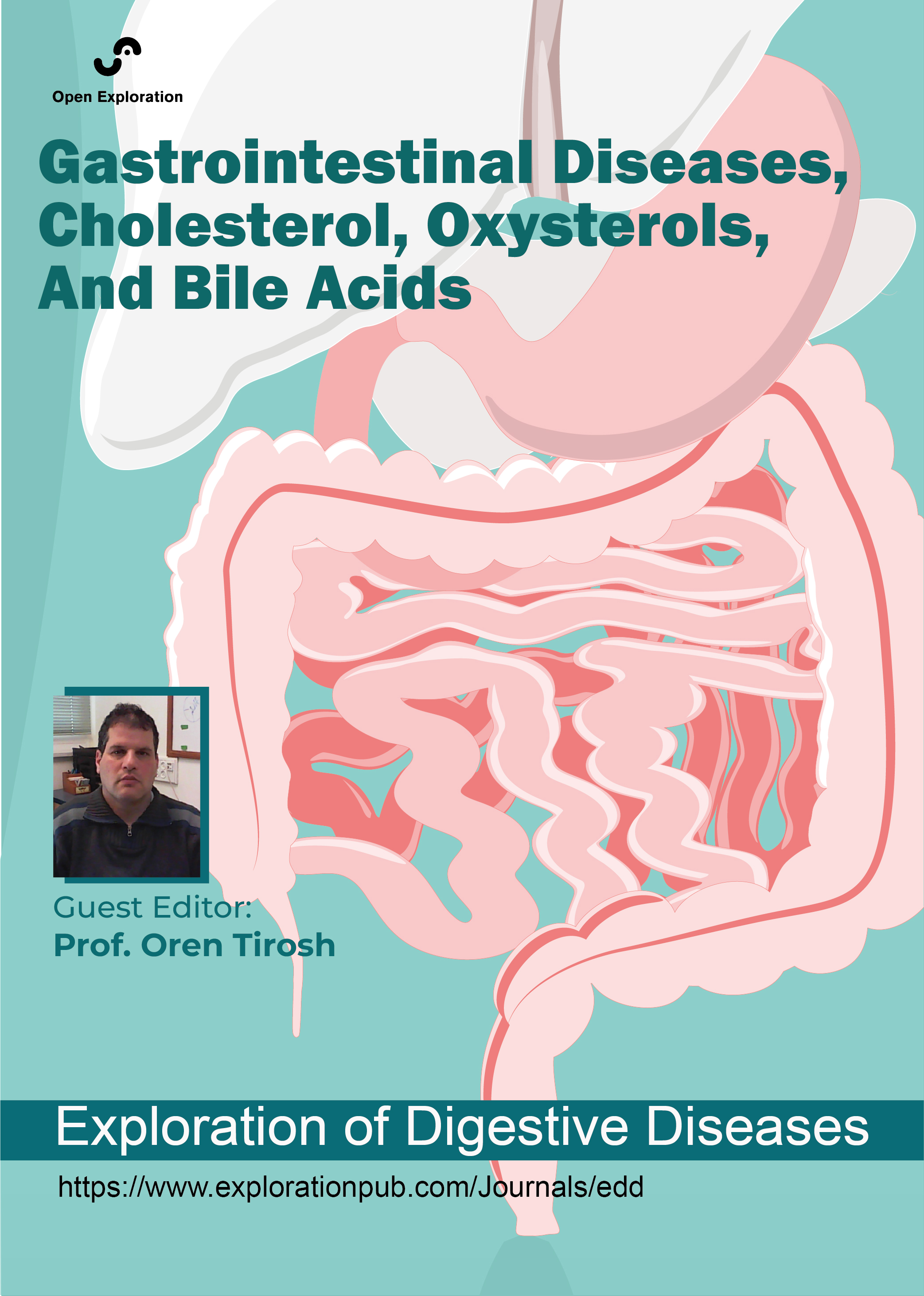
Viral Hepatitis
Guest Editors: Dr. Jinsheng Guo; Prof. Youhua Xie
Submission Deadline: February 28, 2026
Published Articles: 5
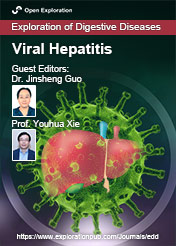
Cirrhosis and Its Complications
Guest Editor: Prof. Jean Francois D. Cadranel
Submission Deadline: December 31, 2025
Published Articles: 6
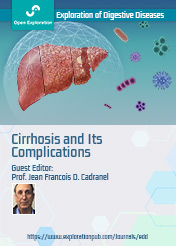
Chronic Hepatitis B and C
Guest Editor: Prof. Ching Lung Lai
Submission Deadline: August 31, 2025
Published Articles: 2
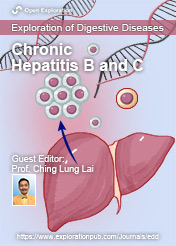
Helicobacter Pylori and Infection: Genomics, Diagnosis, Pathogenesis, Antibiotic Resistance, Microbiota, Cancer, Prevention and Therapeutics
Guest Editor: Prof. Tzi-Bun Ng
Submission Deadline: March 31, 2026
Published Articles: 6
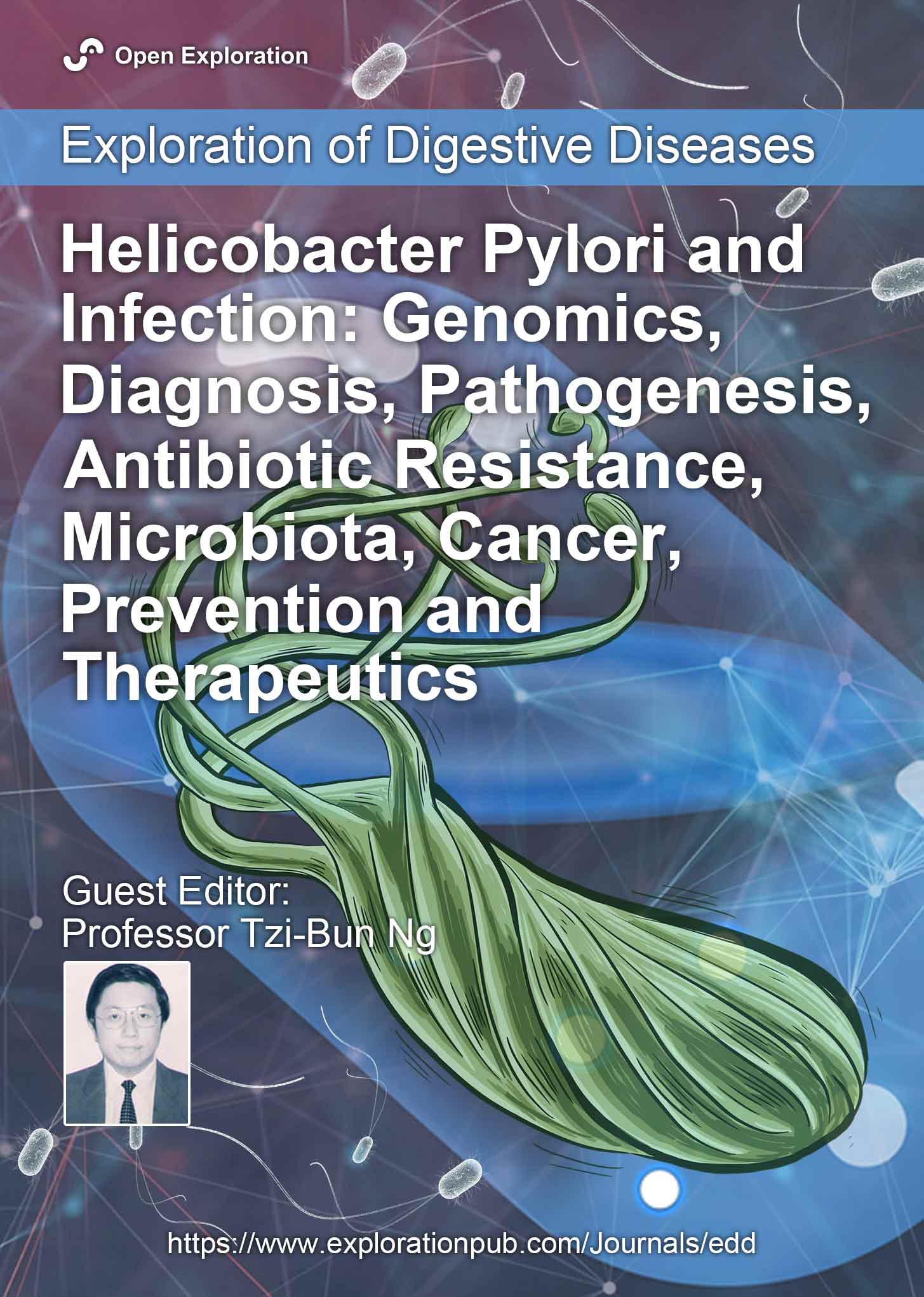
Latest Updates in the Endoscopic, Surgical and Medical Treatment of Resectable and Advanced Gastrointestinal Cancers
Guest Editor: Dr. Michele Ghidini
Submission Deadline: October 31, 2025
Published Articles: 1
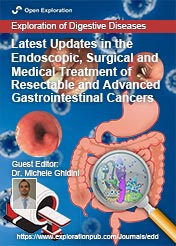
Advances in Hepato-gastroenterology: Diagnosis, Prognostication, and Disease Stratification
Guest Editor: Prof. Amedeo Lonardo
Submission Deadline: December 31, 2025
Published Articles: 6
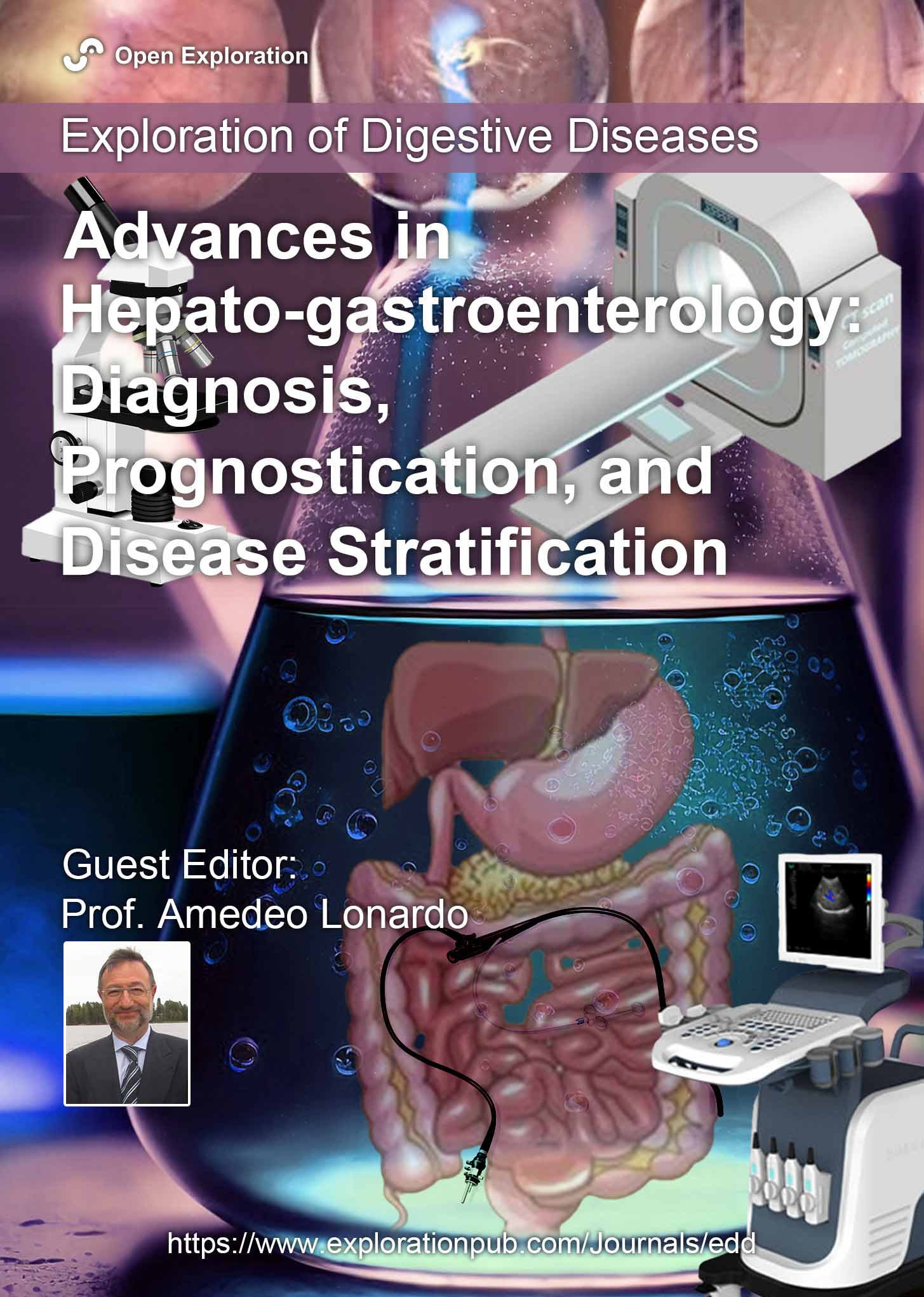
Fibrosis and Hepatobiliary Cancer
Guest Editors: Prof. Fabio Marra; Prof. Chiara Raggi
Submission Deadline: March 31, 2026
Published Articles: 4
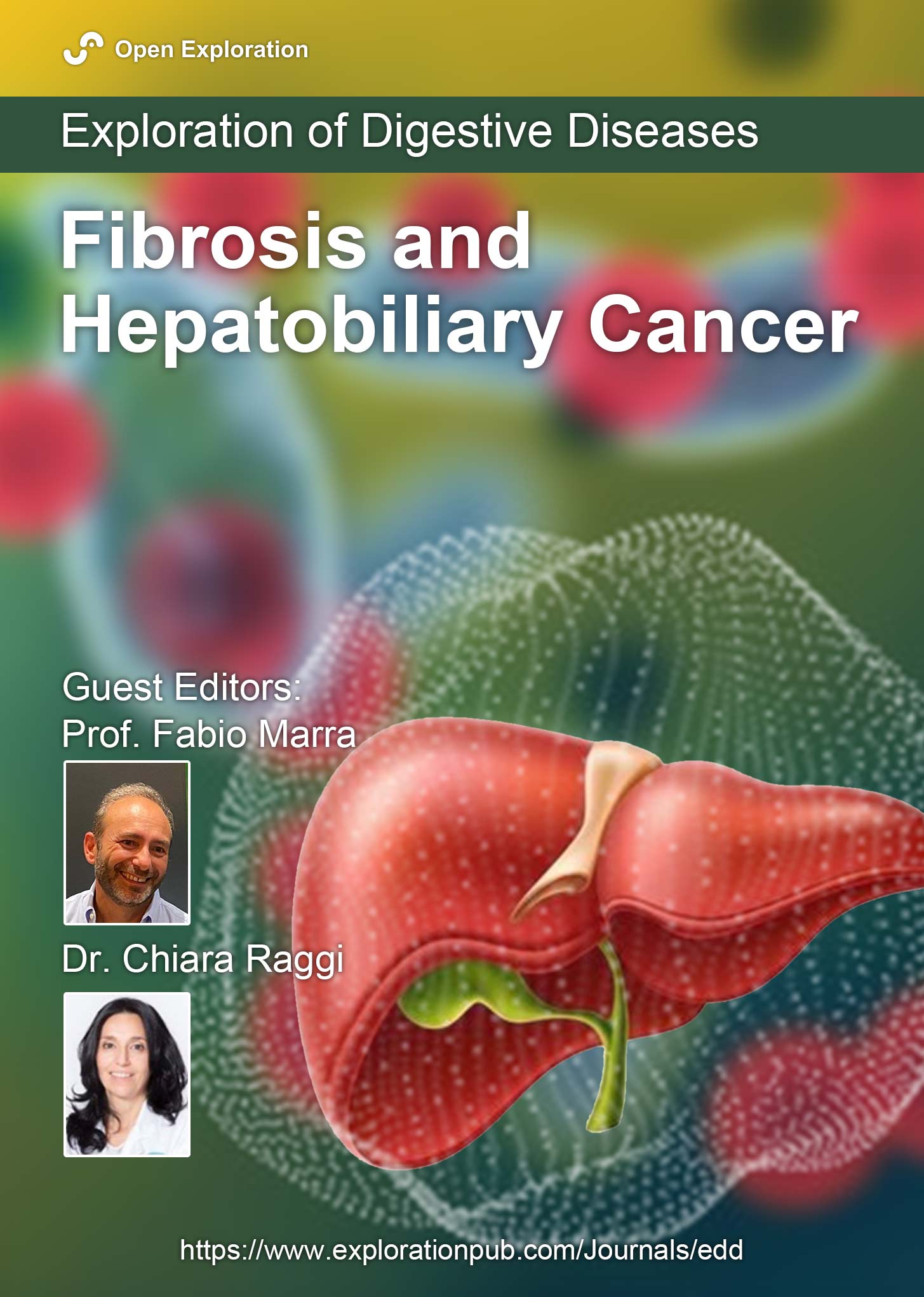
Journal Information
Journal Indexing
Journal Metrics




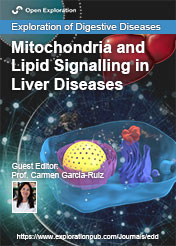
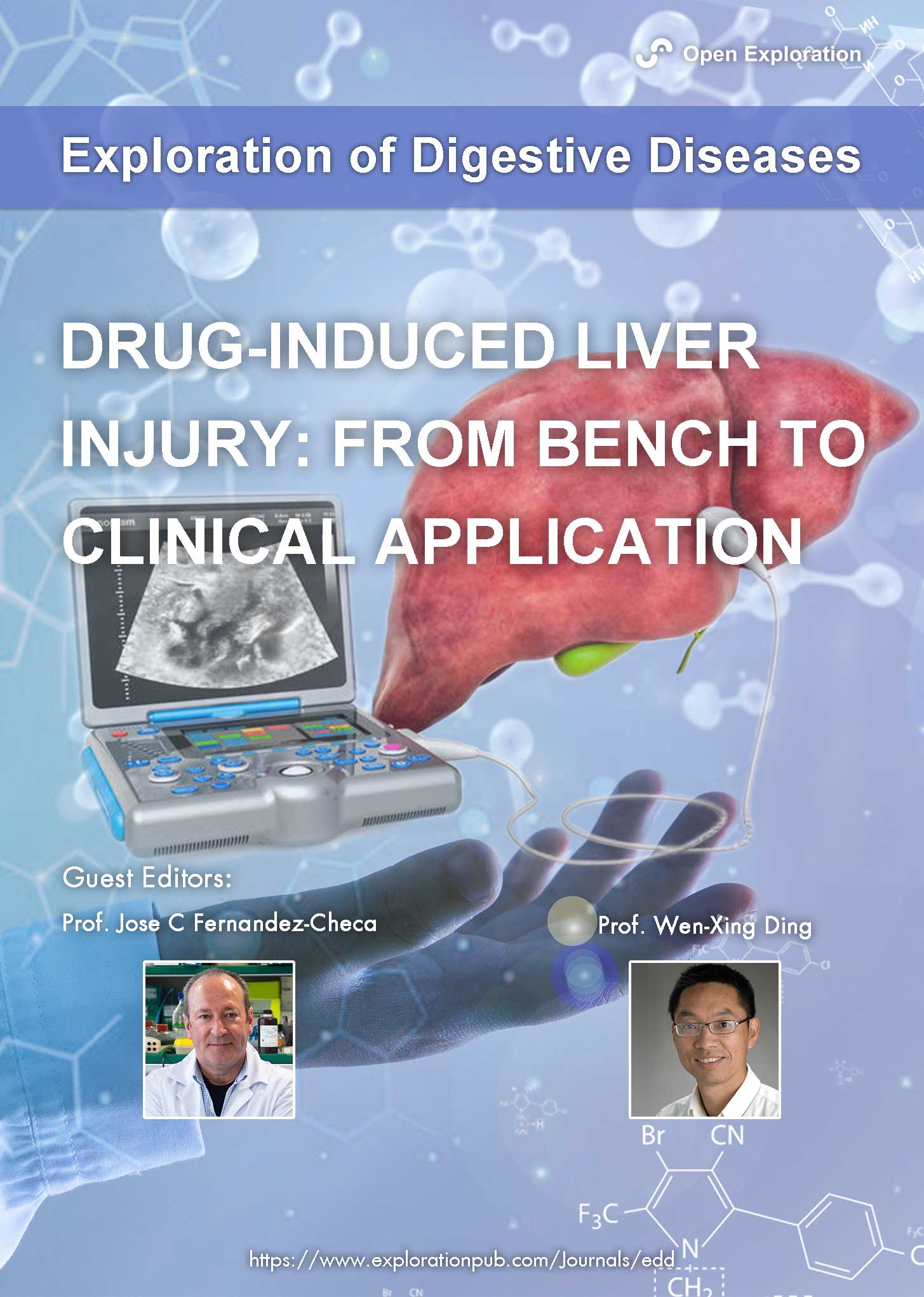
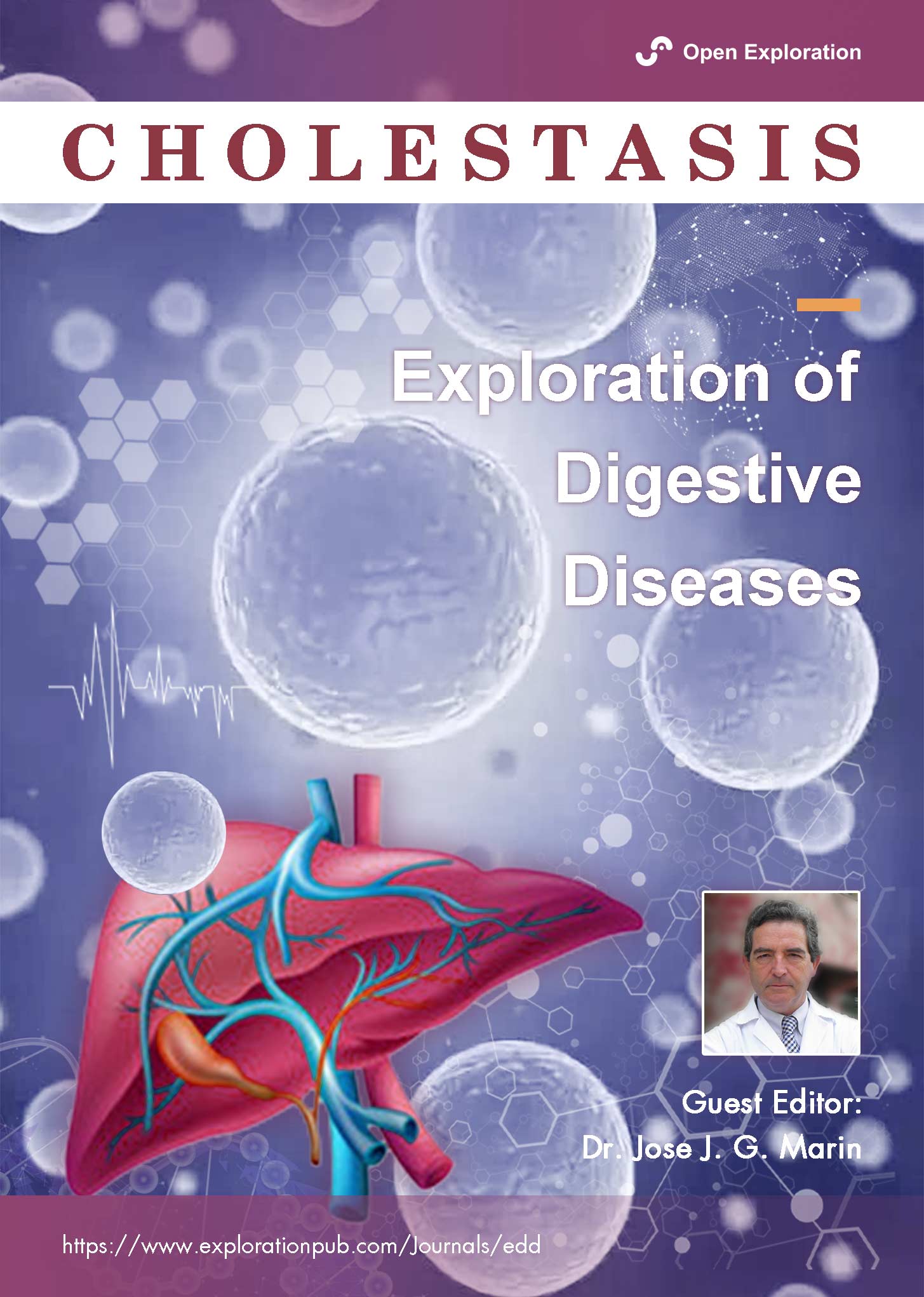







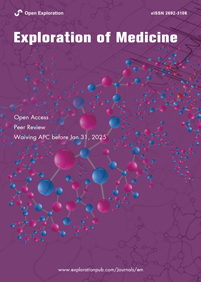
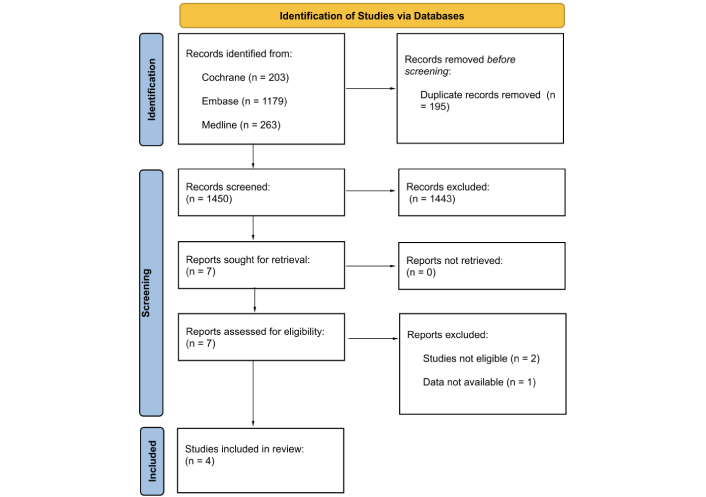 Title: Unravelling the interplaybetween #Harmattan wind andbaroreflex functions: implicationon environmental health andcardiovascular #pathophys
Title: Unravelling the interplaybetween #Harmattan wind andbaroreflex functions: implicationon environmental health andcardiovascular #pathophys


